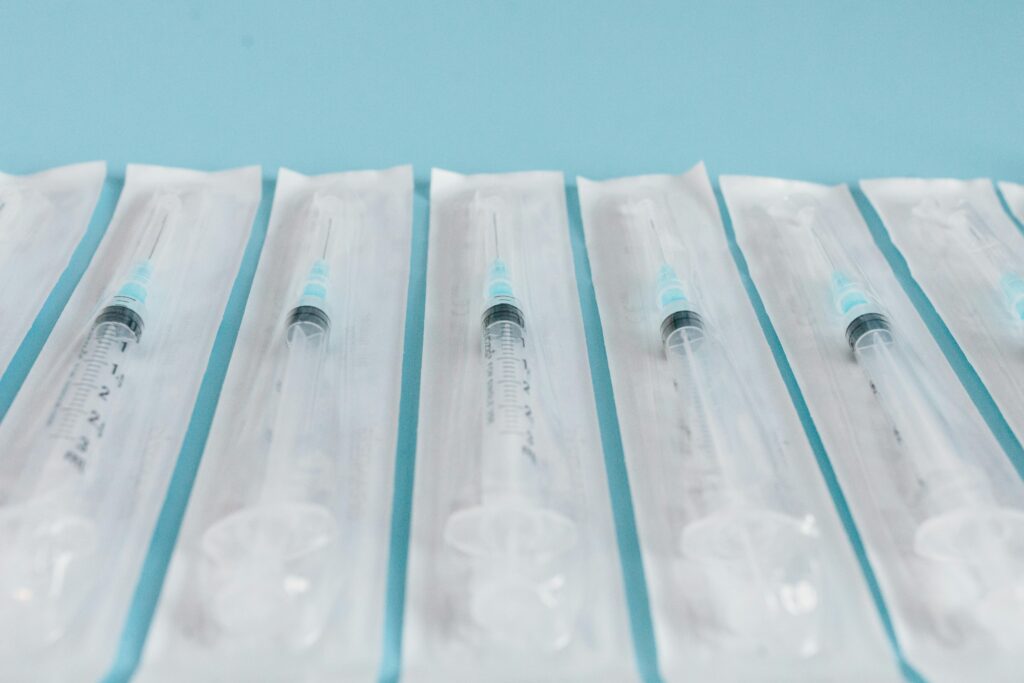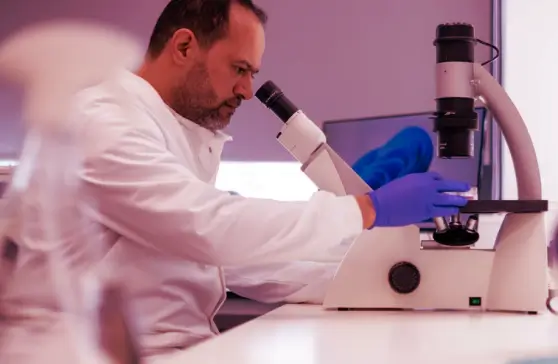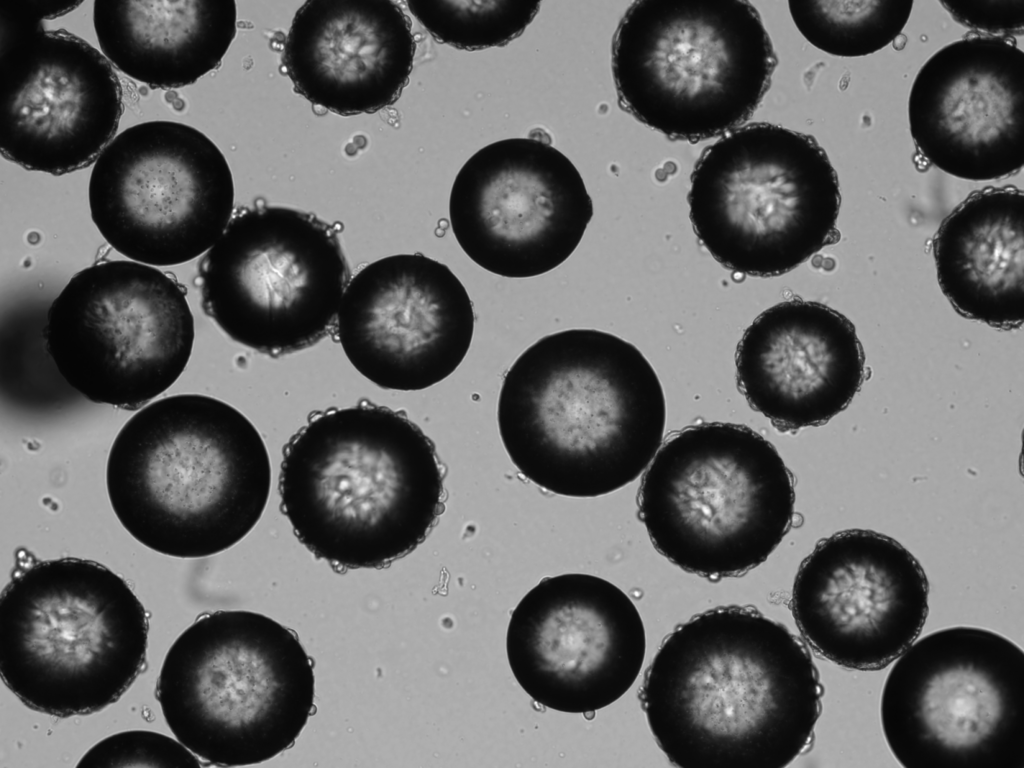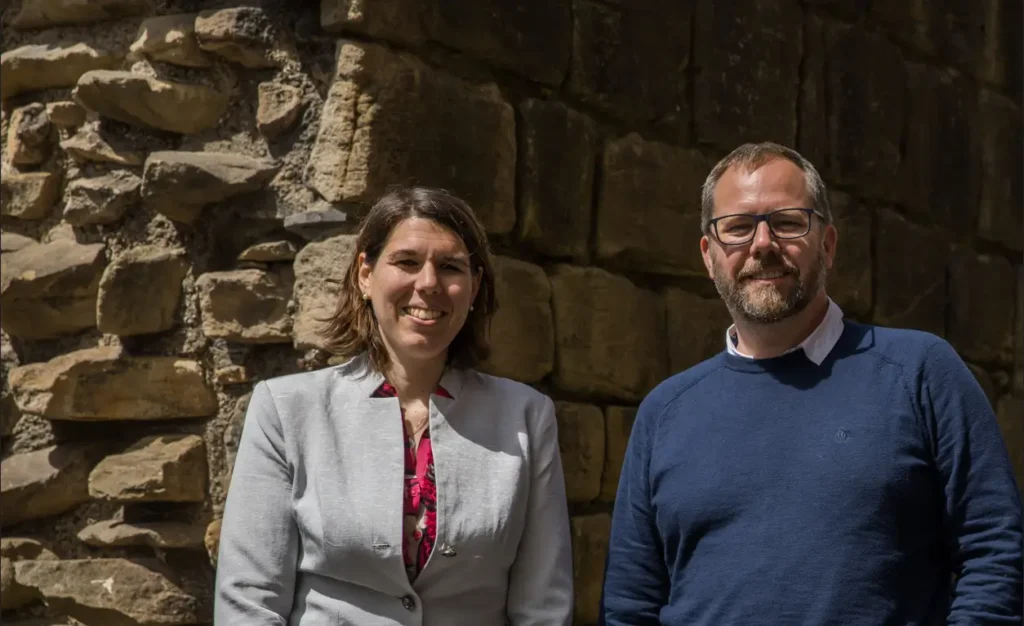Why upstream bioprocess inefficiencies are the Vaccine industry’s silent saboteur
In the race to make vaccines faster, cheaper, and more equitably distributed, one challenge has quietly dragged behind the spotlight: upstream bioprocess inefficiencies. These early-stage production bottlenecks are where promising vaccine candidates either scale into commercial success or fizzle into sunk costs. And yet, despite their impact, upstream processes are often treated as rigid frameworks—something …
Why upstream bioprocess inefficiencies are the Vaccine industry’s silent saboteur Read More »







